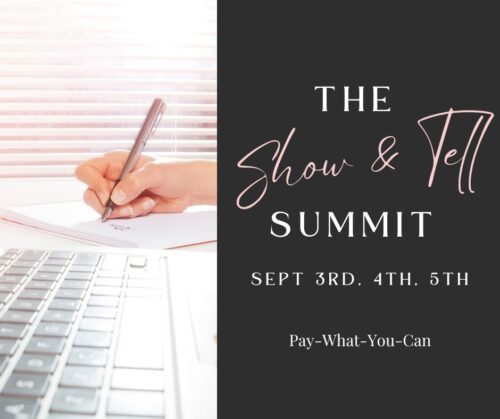We think in scenes all the time.
Take a moment, remember a childhood memory or last week’s business meeting or playing with your children last night, or the family dinner on Sunday evening. These scenes play out like little movies in your head. There are characters, and in a place, a time, and something is happening, conversations are had. As the writer, you are the director re-creating the moments of your ancestor’s life in words, like a movie, vivid, colourful, playing out for the reader on the page.
All scenes contain various elements that contribute to making the scene alive and vibrant for the reader. Let’s break a scene down to see what makes it so special.
The Elements of a Good Scene
Time – The reader should be thrust into a specific time and day, so the reader is immediately oriented with the time frame of the scene. If you don’t your reader is quickly confused and lost.
Setting – Again, much like time you also want to familiarize your reader quickly into the place of your scene. In order for the reader to see the scene play out they need to understand the surroundings and be able to place your ancestor within their surroundings.
Action – Something happens in the scene that propels the plotline forward. Your scenes must have action; they must bring about conflict.
Dialogue – Someone speaks. Dialogue can reveal plot, the conflicts but also helps us understand our ancestor’s character.
Vivid Description- In order for your reader, to see the scene play out like a movie it must have very specific and detailed description.
Imagery – To bring the scene to life, the writer must use all their senses, touch, taste, sight, smell, and hearing. However, don’t overload your scene. As the writer, you must decide what you want to bring through in your writing. Don’t pile up your writing with description and imagery and let the reader try to figure it out.
POV- The reader needs to have a clear understanding of who is speaking.
Figurative Language- Similes and metaphors are often used to help create visual images for the reader. It helps to create images for the reader, to make your writing more memorable.
Beginning, Middle and End – Just like our story each scene needs a beginning, middle and end. The end needs to propel us on in the story to the next scene. The beginning draws us in, the middle gives us the guts of the scene, the conflict, the end offers a resolution or not but offers up tension that propels the reader on to the next scene.
Purpose – A scene must serve the story. It must somehow be relevant to the goal of your ancestor. If it does not serve the goal of your ancestor, it has no reason to be in the story.
You want your scenes to be entertaining. This is another one of those moments when you will have to tap into the creative side of your brain. You have to breathe some spirit into a scene. How do we do that? Again this comes from practice and time and by reading the works of other great authors and learning from them, recognize how they craft scenes and practice writing scenes of your own.
 Coming in September!
Coming in September!
[button url=”https://www.familyhistorywritingstudio.com/course/writing-the-family-history-scene/” class=”green” bg=”” hover_bg=”” size=”0px” color=”” radius=”0px” width=”0px” height=”0px” target=”_self”] Join Our Class [/button]

